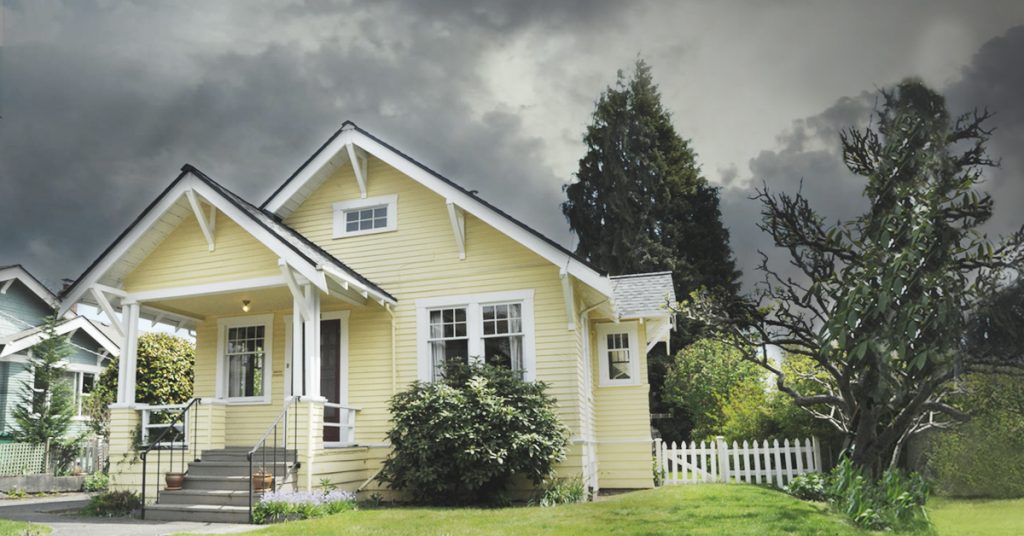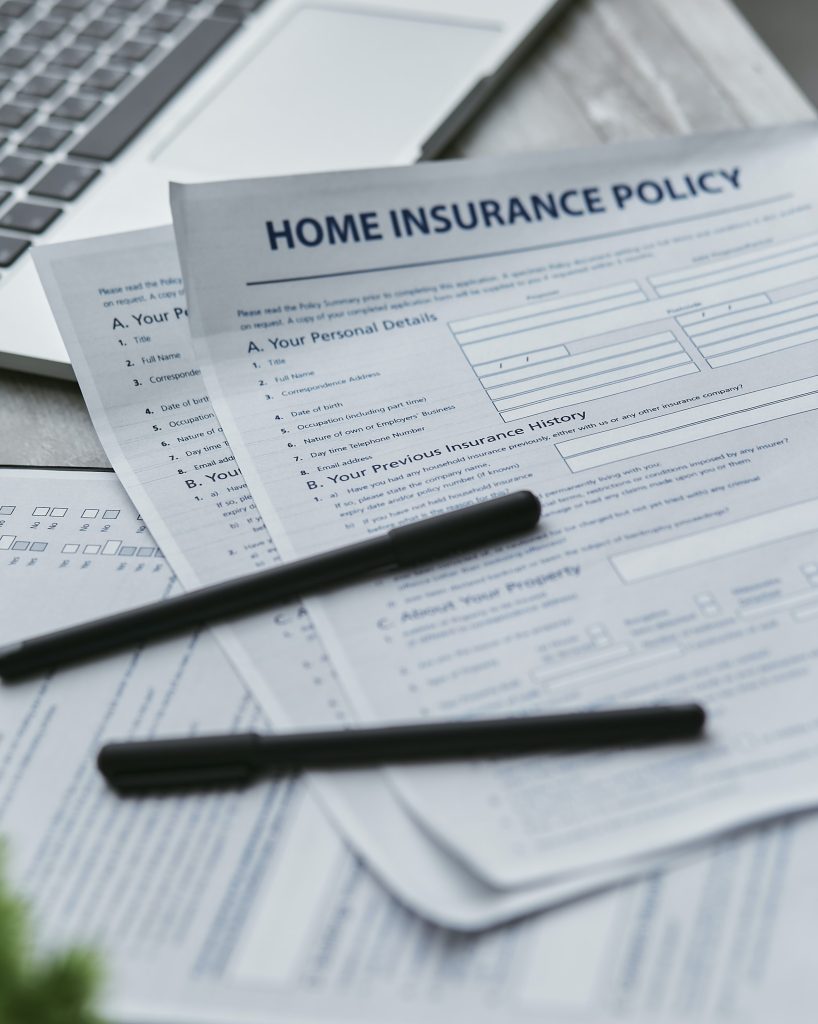Does Homeowners Insurance Cover Furnace Replacement?

Understanding what your homeowners insurance policy does and does not cover is essential for every homeowner. One common concern is whether the policy includes furnace replacement. Furnaces are critical components of any home, ensuring comfort during colder months. But like other parts of your property, they are susceptible to damage or breakdowns. Knowing the extent of your insurance coverage can help you avoid costly surprises and make informed decisions about protecting your home.
This blog provides an in-depth look at the nuances of homeowners insurance as it relates to furnace replacement. From covered perils and the importance of endorsements to tips for filing a claim, we’ll guide you through everything you need to know.
What Does Homeowners Insurance Typically Cover?
Homeowners insurance is designed to safeguard your home and belongings against various risks, often referred to as “perils.” Most standard policies typically include these types of coverage:
- Dwelling Coverage: Protects the structure of your home, including walls, roof, and built-in appliances like HVAC systems and furnaces.
- Personal Property Coverage: Covers belongings inside the home, such as furniture, electronics, and clothing.
- Liability Coverage: Offers protection if someone is injured on your property or if an accident causes damage to another person’s property.
- Additional Living Expenses (ALE): Covers temporary living costs if your home becomes uninhabitable due to a covered event.
The extent of your coverage—and whether it includes furnace replacement—depends largely on the specifics of your policy. Generally, your furnace is considered part of your dwelling, which means it is protected against certain perils like fire, lightning, or vandalism. However, exclusions and conditions apply.

Common Covered Perils Affecting Furnace Coverage
Insurance policies outline specific events—known as covered perils—that trigger coverage. For a furnace, here are some examples of scenarios that might be covered:
- Fire & Smoke Damage
If your furnace is destroyed during a house fire, your insurance will likely cover the replacement or repair costs.
- Lightning Strikes
A lightning strike may cause a power surge that damages your furnace. If this happens, it’s typically covered under dwelling insurance.
- Falling Objects
Damage caused by falling objects, such as a tree branch crashing onto your home and destroying the furnace, is usually covered.
- Storm Damage
Severe weather events, such as windstorms or hail, might lead to structural damage that affects your furnace.
- Sudden Water Damage
Suppose a burst pipe floods your basement and affects your furnace. Water damage from this type of incident is often covered.
Non-Covered Scenarios
It’s important to note that not all furnace-related damage qualifies for insurance. Policies typically exclude coverage for damage caused by wear and tear, poor maintenance, age-related deterioration, or neglect.
Find out more about homeowners insurance exclusions to ensure you’re aware of situations that may not be covered.
The Importance of Endorsements
Endorsements, also known as riders, are add-ons to your insurance policy that provide extra protection. While basic homeowners policies may not cover everything, endorsements can enhance your coverage for scenarios that could otherwise leave you underinsured.
For example:
- Equipment Breakdown Coverage
Some insurers offer this endorsement to cover expensive mechanical systems in your home, like your furnace, in the event of breakdowns caused by electrical surges or operational failure.
- Identity-Specific Enhancements
Certain endorsements allow you to increase the coverage limit for high-value appliances or older systems with depreciated value.
Discussing endorsements with your insurance provider ensures you know which options are available and whether they make sense for your unique situation.

Filing a Furnace Replacement Insurance Claim
Navigating the claims process efficiently is key to resolving issues quickly if you need to replace your furnace. Here are steps to help:
- Document the Damage
Take clear photographs of the affected furnace and surrounding area. Document all visible damage along with explanations.
- Review Your Policy
Carefully examine your policy for details on covered perils, exclusions, and deductible requirements.
- Contact Your Insurer Immediately
Notify your insurance provider as soon as possible to initiate the claims process. Delaying this step could jeopardize your claim.
- Provide Proof of Ownership
Share invoices, receipts, or purchase documents as proof of the furnace’s value and details of its installation.
- Follow the Adjuster’s Guidance
Schedule an inspection by a claims adjuster, who will assess the furnace’s damage and determine coverage eligibility.
- Maintain Records
Keep all correspondence, claim forms, and expense receipts. These records will be helpful throughout the process.
Remember, claims associated with a lack of furnace maintenance or older systems may face scrutiny or outright denial. This is where proper upkeep becomes essential.
The Role of Regular Furnace Maintenance
Routine maintenance is not just about extending the lifespan of your furnace—it can also affect your insurance claim. Insurers expect homeowners to manage basic upkeep to prevent unnecessary breakdowns.
Maintenance Tips to Follow:
- Annual Inspections
Schedule professional inspections to identify potential issues early. Many furnace warranties and some insurance policies require this.
- Filter Replacement
Replace air filters every 1-3 months to ensure efficient operation and reduce strain on the system.
- Clear Debris
Keep the furnace area clean and free from dirt or dust accumulation that could cause mechanical issues.
Insurance providers may deny claims for damage caused by negligence, so performing these tasks regularly helps demonstrate responsibility.
Explore more home maintenance and insurance tips that can save you money and trouble down the line.

Key Takeaways
Navigating the details of homeowners insurance as it relates to furnace replacement can feel overwhelming. However, understanding your policy and taking the right precautions can save you significant financial strain in the event of unexpected furnace damage.
- Covered Perils are limited to specific events like fire, lightning, and storm damage. Wear and tear or neglect are not covered.
- Endorsements enhance your coverage and address gaps, such as providing protection for older systems or operational failures.
- Filing a Claim involves prompt reporting, clear documentation, and proper communication with your insurer.
- Routine Maintenance is critical to demonstrating homeowner responsibility and preventing damage caused by neglect.
By staying informed and proactive, you can ensure your home and its vital components, like the furnace, are adequately protected. For any questions or to tailor your policy, reach out to an experienced insurance provider.
Contact Sound Choice Insurance for Assistance
At Sound Choice Insurance, we understand that navigating insurance coverage for critical home systems can be confusing. Our team in Morehead City, North Carolina, is here to help you assess your policy’s strengths, identify gaps, and make upgrades that protect your home and belongings. Contact us today for personalized advice and reliable coverage options tailored to your needs.
